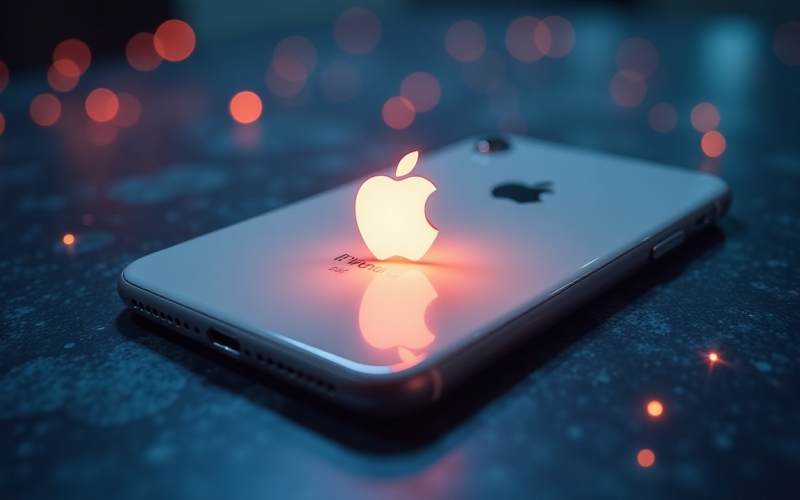Apple’s pivot to India is reshaping the global smartphone supply chain.
In April 2025, shipments of iPhones from India to the US rose 76% year on year to an estimated 3 million units, according to Canalys figures compiled by Omdia.
Over the same period, iPhone shipments from China plunged 76% to just 900,000 units.
These numbers reflect a major shift in Apple’s production and export strategy as it works to navigate mounting US-China trade tensions, including new tariffs imposed under President Donald Trump’s administration.
The dramatic reversal between Indian and Chinese export volumes is the result of Apple’s multi-year effort to insulate itself from geopolitical instability.
The shift accelerated following reciprocal tariffs announced by Trump on 2 April 2025, targeting key imports including tech hardware.
Although consumer electronics like iPhones were temporarily exempted from the tariff list on 11 April, Apple’s transition to India remains on course, driven by both strategic planning and long-term manufacturing investments.
iPhone production in India reaches new milestone
Apple first started ramping up Indian manufacturing during the COVID-19 pandemic, as part of a broader effort to diversify its supply chain.
The company’s strategy now appears to be bearing fruit. In March, India overtook China in iPhone shipments to the US for the first time, and in April the trend continued at scale.
Research manager Le Xuan Chiew at Omdia attributed the growth to Apple’s “aggressive” response to tariff risks, including pre-emptive stockpiling and fast-tracked assembly operations.
Despite this surge, India’s current manufacturing capacity is not yet large enough to fully replace China.
US iPhone demand averages around 20 million units per quarter, and India is expected to meet that level only by 2026.
Final assembly may have moved to India, but much of the sub-assembly production is still based in China.
According to Daniel Newman, CEO of Futurum Group, Apple has merely relocated the last stage of production, which involves a “low lift” compared to overhauling the entire manufacturing process.
Apple faces pressure from Trump and Beijing
Apple’s India-first strategy may not satisfy all stakeholders. President Trump has made it clear that he wants iPhones sold in the US to be built domestically.
On Friday, he threatened a 25% tariff on all imported iPhones via a social media post, warning that production “should not be in India, or anyplace else.”
Analysts believe that although Apple’s move is designed to avoid China-centric risks, it may fall short of meeting Trump’s localisation goals.
Meanwhile, China is taking steps to make diversification harder. Indian media reports suggest Beijing has been restricting the export of advanced machinery and talent needed to support Apple’s Indian suppliers.
This could complicate efforts to build a more independent production ecosystem in India.
Although Apple CEO Tim Cook reiterated in early May that most iPhones sold in the US would be manufactured in India, the company is still reliant on Chinese inputs and supply chain infrastructure.
Future growth could slow despite strong start
The growth of iPhone exports from India is not expected to continue at the same pace through the rest of the year.
Analysts warn that infrastructure, logistics, and talent constraints in India could limit Apple’s ability to scale further in 2025.
The production of high-end models like the iPhone 16 Pro has only just begun in India, and delays in ramping up volume could affect overall output.
While Apple’s shift away from China is a long-term strategic move, short-term disruptions remain possible.
Analysts say the company is walking a fine line between managing trade risks from the US and retaining critical components sourced from China.
India may be emerging as Apple’s next big production hub, but it is not yet a full replacement.
The post Apple ramps up iPhone exports from India to US by 76%, dodging China tariffs appeared first on Invezz


